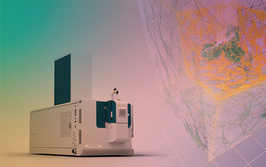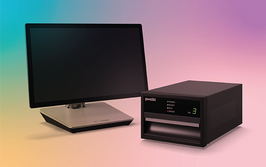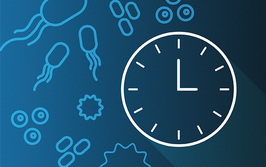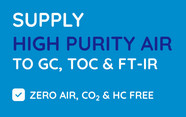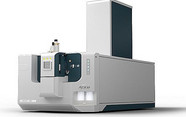Determination of 24 Pesticide Residues in Red Wine Using a QuEChERS Sample Preparation Approach and LC-MS/MS Detection

contributed by Thermo Fisher Scientific |
Abstract
This application presents a fast, easy, and cost-effective method for the determination of 24 pesticide residues in red wine. Sample preparation involves the extraction of pesticides from red wine using the QuEChERS extraction method (AOAC version). The samples then undergo cleanup by dispersive solid-phase extraction (dSPE) using primary secondary amine (PSA) sorbent, which effectively retains organic acids, sugars, and phenolic pigments. A higher quantity of PSA than normally used in the dSPE step is required to sufficiently remove co-extracted phenolic compounds from red wine. The purified extract is subsequently separated using a solid core column prior to detection by a triple quadrupole mass spectrometer. The developed method was applied to commercially available red wine samples to test its applicability. Six out of the fourteen samples tested were found to contain pesticide residues at trace levels.
Log in or register to read this article in full and gain access to The Analytical Scientist’s entire content archive. It’s FREE!
